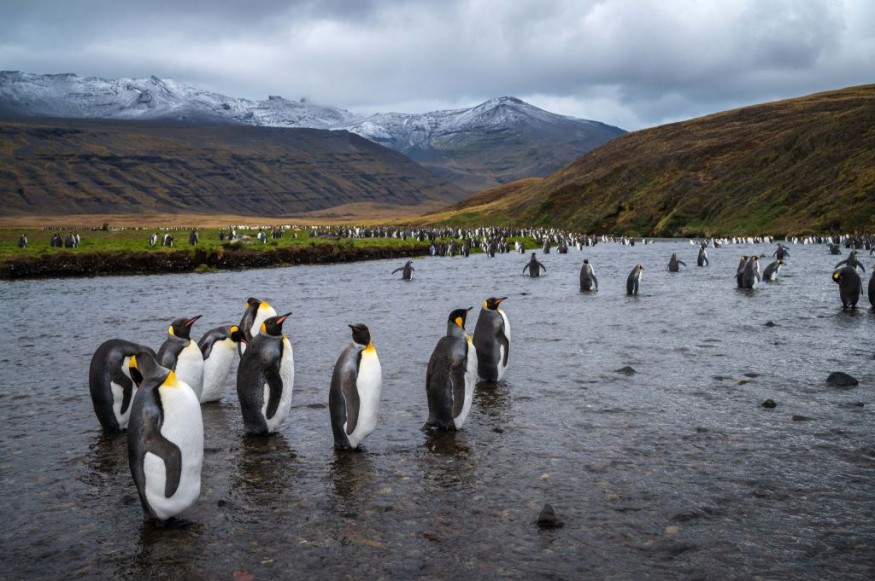
Having been previously kept safely isolated, penguins are now at risk of a catastrophic failure of reproduction as the first bird flu case in Antarctica has been reported.
First Case of Bird Flu in Antarctica
The Antarctic faces a new threat as avian flu, specifically the deadly H5N1 virus, emerges in the region, sparking concerns for isolated penguin and seal populations. This virus's arrival presents an unknown but potentially disastrous impact on the fragile wildlife, raising worries of a "catastrophic breeding failure."
The brown skua, a scavenging bird on Bird Island in the British overseas territory of South Georgia and the South Sandwich Islands, has been identified as a carrier of the virus. These migratory birds probably brought it back from South America, where it has already killed 20,000 sea lions and 500,000 seabirds in Chile and Peru.
Millions of wild birds have been wiped out by the current outbreak of the highly contagious H5N1 strain, which started in 2021. Given that many species in the region are particular to the continent and have never experienced bird flu viruses before, scientists are worried about its possible effects on the fauna there.
British Antarctic Survey (BAS) researchers conducted swabs on birds exhibiting unexplained mortality, sending samples for testing in the UK.
Safe and Isolated Penguins ... Until Now
The confirmation of this case is particularly tragic, according to Ashley Bennison, the BAS science manager for Bird Island. Bennison added that although they are unaware of the whole impact at this time, they will keep tracking the island's biodiversity and advancing science.
Bird Island is one of the planet's richest animal habitats, with 65,000 pairs of fur seals, 50,000 breeding pairs of penguins, and several endangered bird species living there. The island is situated about 600 miles due southeast of the Falkland Islands, off the northwestern coast of South Georgia.
Risk of Catastrophic Breeding Failure
A risk assessment by the Scientific Committee on Antarctic Research has highlighted the potential impacts of bird flu reaching the continent. The most vulnerable species are considered to include giant petrels, penguins, birds of prey, sheathbills, fur seals, sea lions, and skuas. The report's principal author and chair, Dr. Meagan Dewar, cautions that the possibility of "catastrophic breeding failure" among many wildlife species in the area exists.
Also Read : Solar Storms Are Warping Birds' Natural Compass, Causing Them to Get Lost During Migration Season
The need for continued disease surveillance efforts to find new and emerging pathogens is emphasized in the paper.
The H5N1 virus traveled nearly 4,000 miles down South America in just three months, leveraging the migration routes of wild birds. Its prior spread in South America made its arrival in South Georgia a likely event.
In response to positive tests on Bird Island, fieldwork involving animal handling has been temporarily suspended, necessitating increased vigilance in maintaining clean clothing and field equipment. This development follows recent research showing increasing immunity to H5N1 among seabirds in the UK, where the outbreak was initially reported.
© 2025 NatureWorldNews.com All rights reserved. Do not reproduce without permission.





